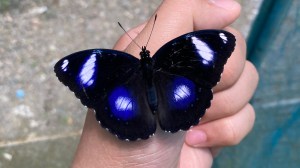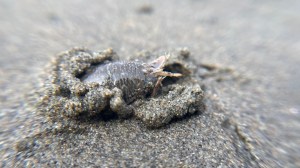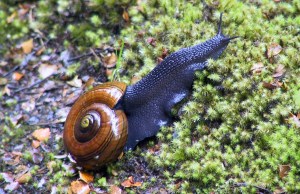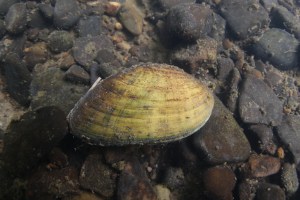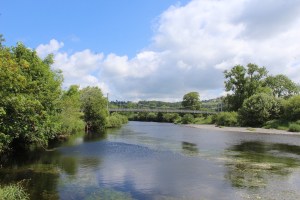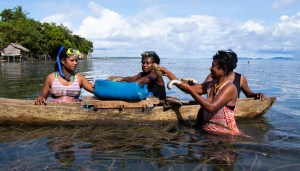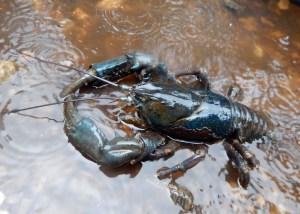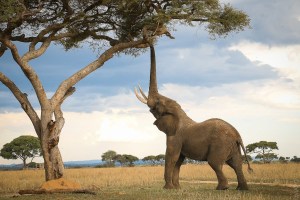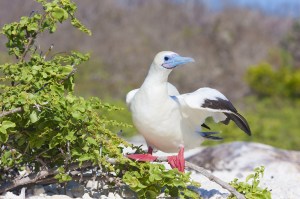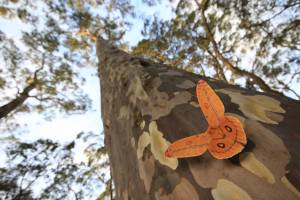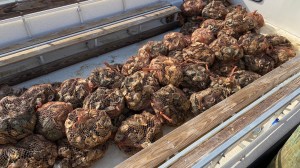Discover stories in Invertebrates
The Butterflies of Marinduque: Small Wings, Big Changes
National Geographic Society & TNC extern Dustin Francisco shares how butterfly farming in Marinduque reveals the fragile balance between livelihood, culture, and conservation.
Meet the Mole Crab, a Common and Surprising Beach Creature
Get up close with a fascinating crustacean you can find (and catch) on your next trip to the beach.
These Carnivorous Snails Slurp Earthworms Like Spaghetti
Meet the powelliphanta snail, a weird and wonderful New Zealand endemic that slurps earthworms like pasta.
Freshwater Mussels: The Livers of the River
A snorkeling outing on a creek brings the author up close with often overlooked and unappreciated freshwater mussels.
Blue Mussels & Water Pollution: Protecting Wales’s River Conwy
TNC & National Geographic Society extern Evy Mansat Gros shares her experience studying blue mussels & water pollution in Wales.
Can Listening to Oyster Reefs Help Us Assess Their Health?
University of Texas PhD candidate Philip Souza is using acoustic monitoring to eavesdrop on oyster reefs.
When Sea Cucumbers Spawn, Where Do Their Larvae Go?
New research on sea cucumber genetics indicates that locally managed marine areas are a good way to protect this fishery for communities.
Meet the World’s Largest Freshwater Crayfish
National Geographic Society & TNC extern Zoe Starke shares her experience studying the 13-pound Tasmanian giant crayfish.
How An Invasive Ant Affects East Africa’s Iconic Wildlife
Invasive ants are having an outsized effect on savanna ecology, impacting even the largest mammals.
Want Resilient Coral Reefs? Bring Back Seabirds
Eradicating rats and restoring seabird populations could increase coral reef resilience to climate disturbances.
Moths With 11-Inch Tongues?
A look at moths, caterpillars and their intricate relationships with plants.
What Happens When You Expose an Oyster to Crab Pee?
To build stronger oyster reefs, scientists are scaring them with one of their fiercest predators: blue crabs.
